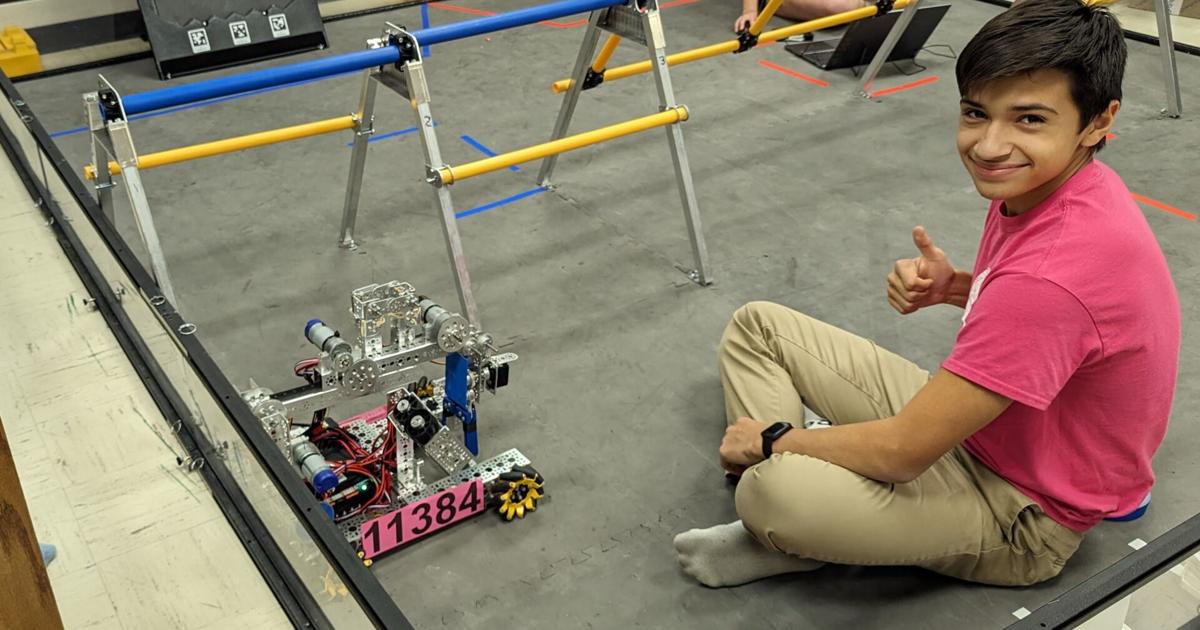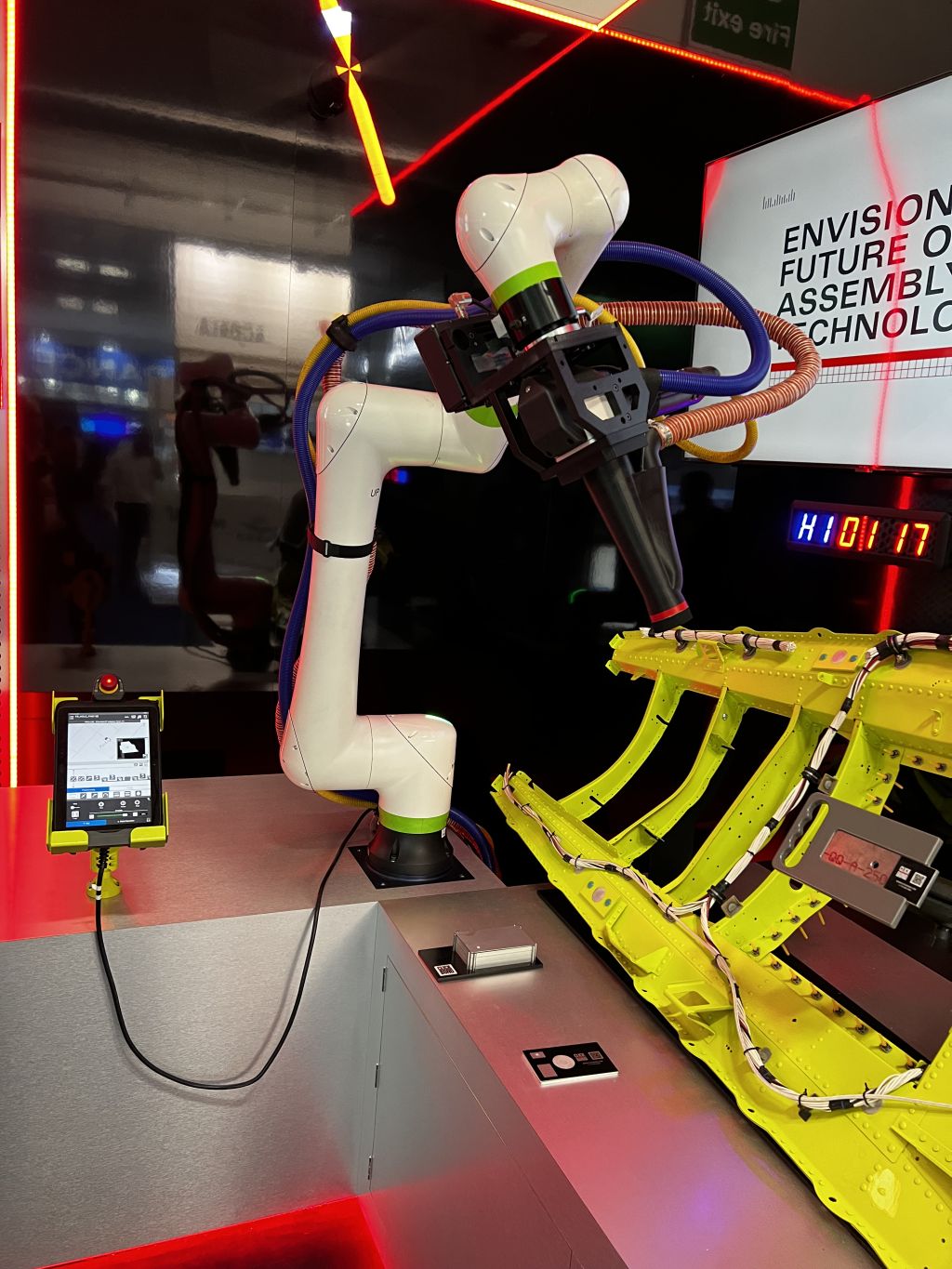Welcome to the forefront of transportation innovation! Self-driving cars have swiftly become a captivating marvel of our era, revolutionizing our perception of commuting and road navigation. But have you ever pondered the technology powering their sleek exteriors? Today, we plunge into the captivating domain of robotics technology propelling these autonomous vehicles, unveiling the intricate systems and algorithms that empower them to navigate, make real-time decisions, and ensure safe journeys. Join us as we embark on an enthralling expedition through the realm where state-of-the-art robotics converges with driving expertise!
Introduction to Robotics Technology
The rapid evolution of robotics technology plays a pivotal role across various industries, including automotive. Among the most prominent applications of robotics is self-driving cars, which has sparked widespread curiosity. In this article, we provide an introduction to robotics technology and delve into its integration within self-driving cars.
Robotics technology encompasses an array of fields and technologies, spanning mechanical and electrical engineering, computer science, and artificial intelligence. This technology pertains to designing, constructing, and controlling robots. Robots often undertake tasks challenging or hazardous for humans.
Self-driving cars feature diverse sensors and computing power enabling independent road navigation. Achieving this entails sophisticated algorithms processing sensor data to facilitate navigation decisions. Artificial intelligence (AI) techniques, such as machine learning, empower these driving algorithms.
Understanding Self-Driving Cars
Self-driving cars, also termed autonomous or driverless vehicles, represent an enthralling, rapidly expanding facet of robotics technology. Equipped with a blend of sensors and software, these vehicles can navigate sans human intervention.
Various methodologies exist for designing and implementing self-driving cars, yet they share common elements. Firstly, these cars must perceive their surroundings. Cameras, radar, and lidar (light detection and ranging) generate a 3D environmental map for navigation.
Next, self-driving cars must determine routes and evade obstacles, necessitating advanced AI algorithms. These algorithms process vast real-time sensor data and excel in handling unforeseen circumstances, making safe decisions even in novel scenarios.
Actuators are essential for vehicle control, encompassing conventional components (steering wheels, brakes) and innovative technologies (direct motor control, fly-by-wire systems). All approaches aim to enable autonomous driving, devoid of human intervention.
Self-driving cars epitomize remarkable engineering achievements, poised to transform transportation. Nevertheless, like any nascent technology, they present challenges, including…
Robotics Technology in Self-Driving Cars
Robotics technology revolutionizes the automotive sector via self-driving cars. But how exactly does robotics technology operate within these vehicles?
Self-driving cars integrate sensors and cameras that collect environmental data. This information undergoes processing within onboard computers utilizing artificial intelligence and machine learning algorithms to facilitate navigation.
Constantly monitoring factors like position, speed, distance to objects, and traffic signs, the computer determines optimal routes. It governs steering, acceleration, and braking while accounting for weather and road conditions.
The beauty of robotics lies in its learning capacity. Enhanced data accumulation refines the system’s driving decision-making. Over time, we may witness self-driving cars that surpass human driving capabilities.
Advantages of Robotics Technology in Self-Driving Cars
The advantages of robotics technology in self-driving cars are extensive. Foremost, self-driving cars enhance safety by eliminating the risk of human error. Swift adaptation to environment changes renders them less accident-prone than human drivers.
Efficiency gains also stem from robotics technology. Communication between self-driving cars and infrastructure (traffic lights, other vehicles) facilitates coordinated movement, circumventing traffic congestion. This not only saves passengers’ time but also reduces emissions.
Additionally, robotics technology contributes to cost-effectiveness. Sensors and computers’ affordability promotes self-driving car development and deployment. This cost reduction is projected to escalate the number of self-driving cars, further curbing congestion and emissions.
Types of Robotics in Self-Driving Cars
Self-driving cars exemplify robotics technology’s intriguing application. Lidar, a laser-based system crafting 3D environmental maps, is a common robot type in self-driving cars. Cameras detect objects and track their movement, identifying road features. GPS systems determine location, aid navigation, and inform route planning.
Challenges in Robotics Technology and Self-Driving Cars
Robotic technology encounters primary challenges like power consumption in self-driving cars. These vehicles demand substantial power, presenting a developmental hurdle. Safety concerns are also significant, encompassing navigation through traffic and accident avoidance. Ethical queries arise too responsibility in case of accidents involving self-driving cars requires addressing.
Conclusion
Self-driving cars exemplify the promise of robotics technology. By harnessing advanced sensors, machine learning, and potent computing, these vehicles excel in navigating intricate environments. As the technology progresses, anticipating new developments in crafting safer driverless vehicles is a thrilling prospect.”











